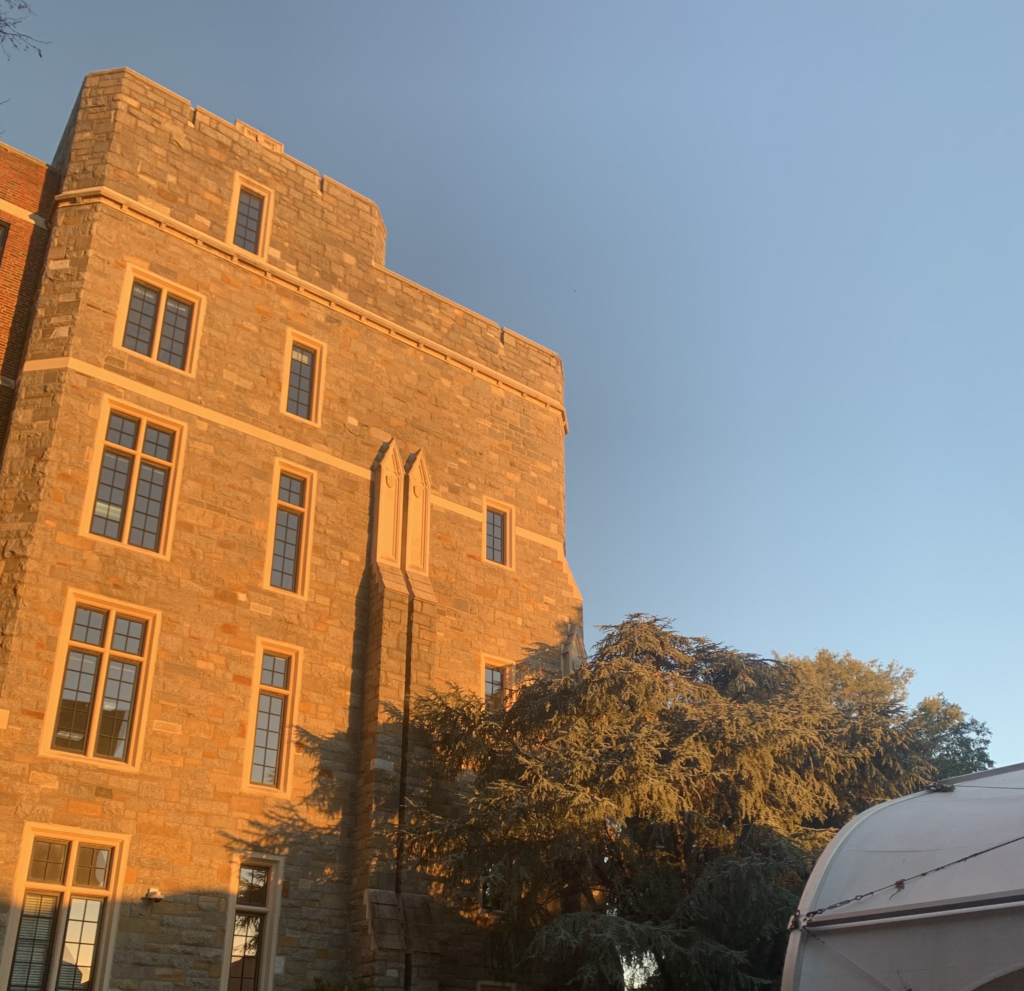The disparity between education costs and the incomes of young college graduates is increasing and should be tackled through a unified effort by schools, employers and governments, according to a recent Georgetown University report.
Georgetown University’s McCourt School of Public Policy recently published a report titled, “If Not Now, When?”, which revealed that while the cost of college has increased 169% since 1980, average wages have only increased 19%.

College education is becoming more essential for people to be successful in the workforce, yet it is also becoming less affordable, the report found. Today, two-thirds of jobs require postsecondary education, while in the 1970s three-quarters of jobs only required a high school diploma or less, according to the report.
“Postsecondary education policy has failed to keep higher education affordable even as formal education beyond high school has become more essential,” the report reads. “The costs of higher education have risen rapidly over the past few decades, making cost a barrier for many young people who wish to pursue a degree or credential.”
However, the increasing necessity of a college education has also contributed to the rising costs, according to Artem Gulish, Senior Policy Strategist and Research Faculty at the Center on Education and the Workforce.
“The demand for college education is growing due to higher value placed on knowledge and skills students develop during their additional years of education and postsecondary credentials in the workforce,” Gulish wrote in an email to The Hoya.
While students used to be able to pay their way through college without significant challenges, paying off student debt has now become largely impossible for many due to shrinking wages following graduation, the report found.
“It used to be possible to work one’s way through college; today, college costs are generally too high — and young people’s wages too low — for that to be feasible,” the report reads. “Consequently, more students have to take on larger amounts of debt to get a college degree.”
As the cost of college rises, recent graduates are taking longer to become financially independent, according to Gulish.
“It also impacts young workers’ ability to attain financial security earlier in their lives. This doesn’t mean that overall there is anything wrong with young people taking longer to find themselves,” Gulish wrote. “However, it does mean that policymakers need to recognize that the transition to financially independent adulthood has gotten longer and more complex and adapt our youth policy to better support young people facing these new realities.”
The disparity between education and wages differs significantly between race and class, the report found, as less advantaged students are less likely to improve their socioeconomic status (SES) in the workforce, even with educational success.
“A kindergartner with top test scores and a family in the lowest SES quartile has only a 31 percent chance of being in the top half of SES at age 25, compared to a 71 percent chance for a kindergartner with bottom test scores and a family in the highest SES quartile,” the report reads.
To tackle the severe disparities between education and young people’s wages, there needs to be collaboration between all stages of the education and employment process, according to Anthony Carnevale, the report’s lead author and Director of the Georgetown University Center on Education and the Workforce.
“We haven’t connected the dots from early childhood, through K-12 and postsecondary education, to careers,” Carnevale wrote in an email to The Hoya. “We need an all-one-system approach that facilitates smooth transitions on the pathway from youth dependence to adult independence.”
Moving forward, institutions need to work together to support young people throughout their education and early careers, according to Gulish.
“I think it’s a shared responsibility: schools and colleges have a role to play, employers have a role to play, local communities have a role to play, counselors and advisors have a role to play, workforce developers have a role to play, training programs have a role to play, families have a role to play, and young people have a role to play,” Gulish wrote. “Federal and state governments, though, are in the best position to coordinate all these efforts to ensure that youth policy functions as all-one system and vulnerable young people do not fall through the cracks.”














